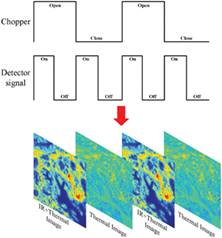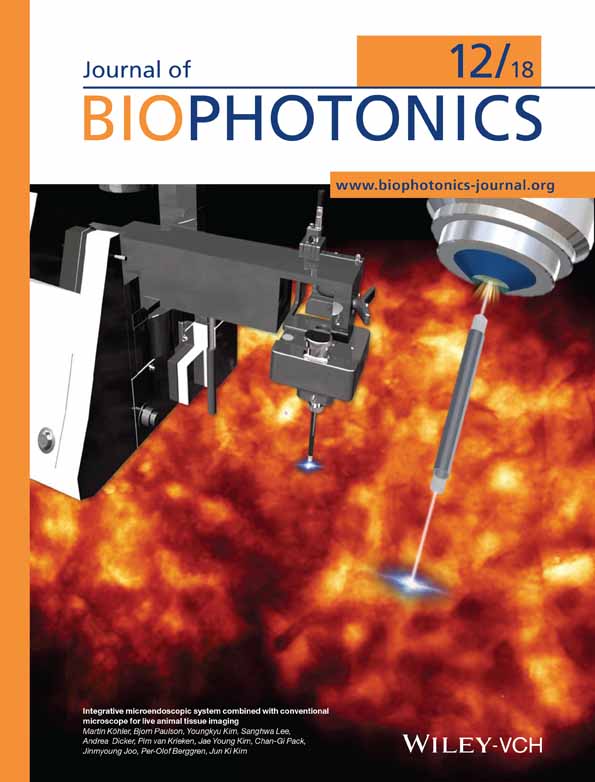Thermal effect on dispersive infrared spectroscopic imaging of prostate cancer tissue
Abstract
A system that combines dispersive infrared micro-spectroscopic imaging and thermography has been developed to study the effect of thermal radiation on the infrared absorption spectra of prostate biopsy samples. The system allows the distribution of thermal signal intensity as a function of emissivity to be interpreted from the integrated absorbance obtained by spectroscopic imaging. Biochemical differences between cancer and benign areas within the specimens are identified in the spectra. Side-by-side comparison of H&E stained adjacent tissue sections with infrared images constructed before and after the removal of thermal effect showed that the latter strongly support differentiation of regions within tissues. The use of spectral bands at discrete wavelengths significantly reduced spectral acquisition time, making this technique promising as a future clinical diagnostic tool. A systemic methodology was implemented to process the data, first by k-means clustering on the second derivative spectra without a priori knowledge, followed by principal component analysis (PCA). Four distinct regions within the tissue samples were successfully classified based on the antisymmetric stretching mode of the methylene functional group. Separation between data in clusters occurs when projecting spectra on a PCA score plot on a plane made by first 2 principal components. The significance of the disparity was verified with statistical test. Regulation of signal to chopper and detector enables simultaneous acquisition of infrared and thermal images of the prostate biopsy tissues.





